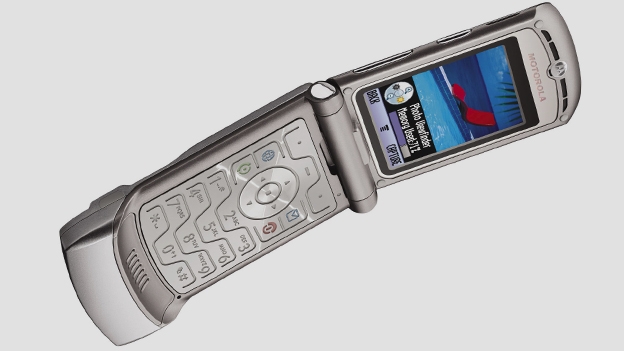
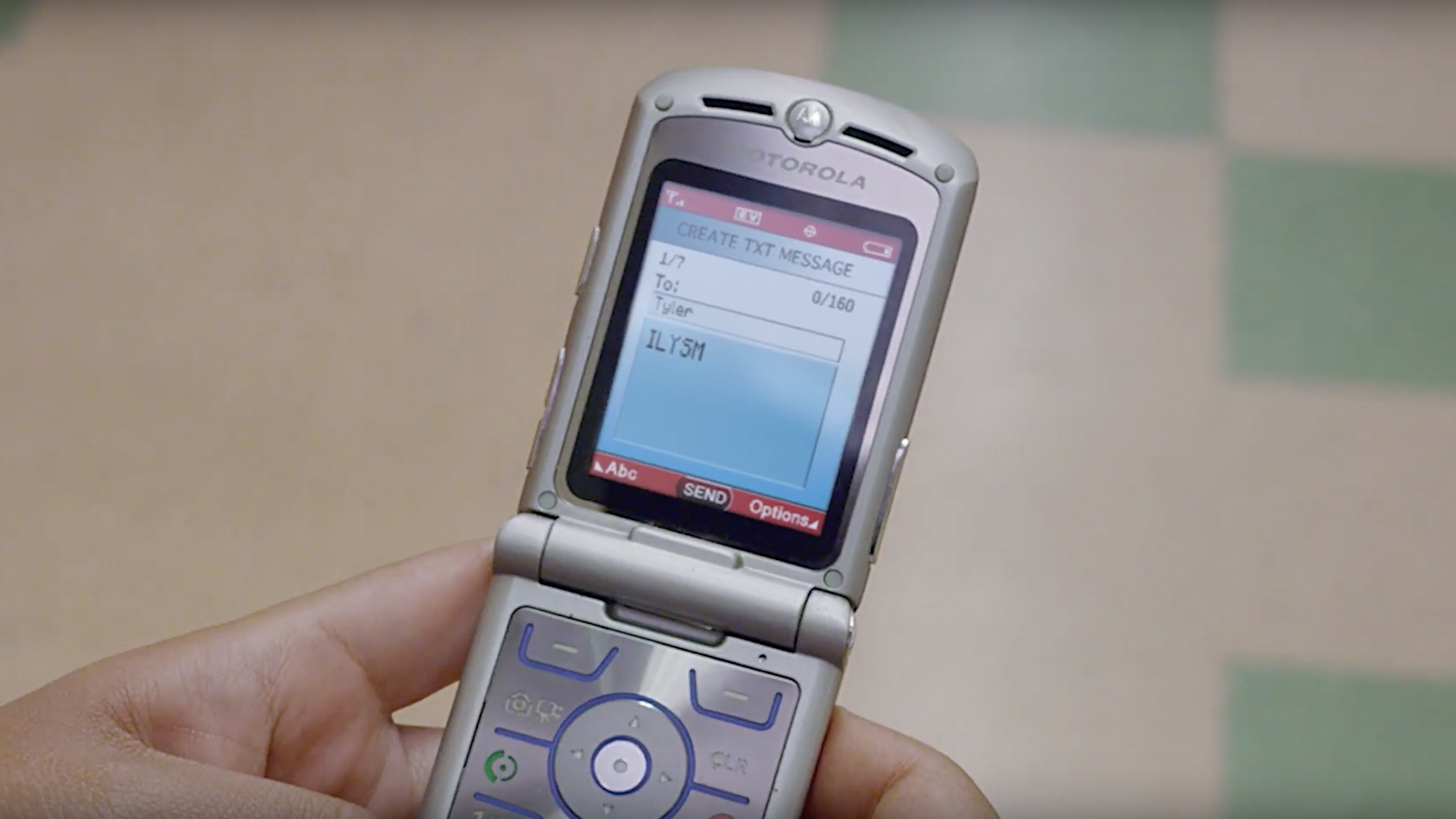
Introduction
Long before iDevices, phablets, quad-core processors, multiple gigs of RAM and 4K displays, phones were pretty rubbish.
Here at T3 we're nostagic for the days when you longed for your 12-month upgrade to come round, so you could get the latest shiny features, Colour screens! Cameras! Pointless sliding panels! It was all so, well, fun!
From the iconic Motorola DynaTAC, the first commercially available phone, to Nokia's almost legendary 3310, T3 takes a trip down mobile phone memory lane.
- While you're here, why not check our guide to the best smartphones 2016.
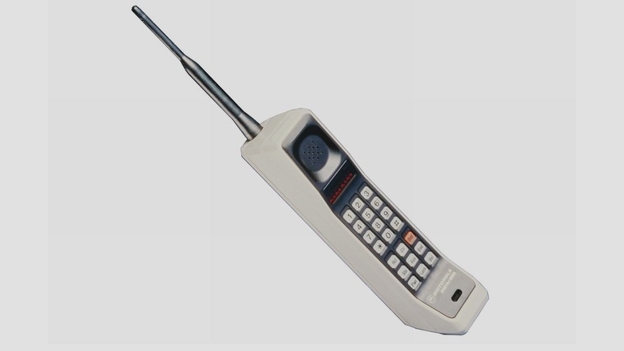
Motorola DynaTAC 8000X
The most vintage mobile phone around, simply because it was the first one commercially available, the Motorola DynaTAC kickstarted the world of mobile communications. We say mobile, this one was hefty and most definitely not pocketable. You could talk for 30 minutes, though when it ran out of charge it took about 10 hours to juice back up, plus you could store 30 names in its memory (as if that many people had this phone). The kicker? It cost $ 3,995.
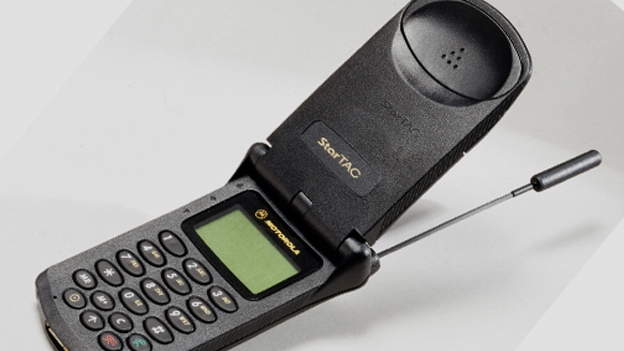
Motorola StarTAC
While the DynaTAC 800X was the first commercially available phone, the Motorola StarTAC was the first one with a clamshell design, it was also fairly successfully, selling around 60 million.
SMS messages were supported, a vibration alert for incoming notifications was also included and it was pretty compact for the time period. Its legacy? Many people regard the Motorola Razr, which features later in the list, as the spiritual successor to the StarTAC.
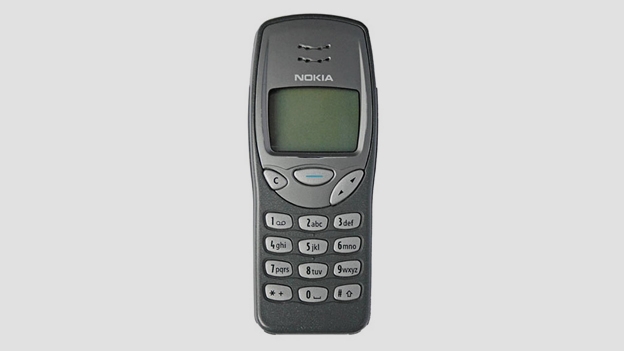
Nokia 3210
It's debatable whether this or the 3310 is the most iconic Nokia of the late 90s and early 2000s, but they both have there fans and there's plenty of reasons why. The 3210 one of the first phones to have an inbuilt aerial, scrapping the need for pokey plastic strip protruding from the casing, it was also one of the first devices to allow the sending of pre-determined pictures, an early version of MMS.
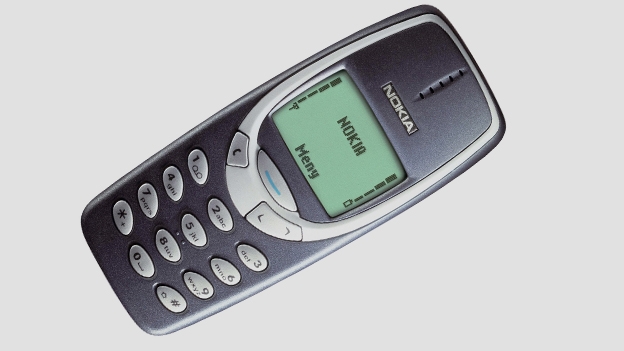
Nokia 3310
Selling over a 126 million units, generating a cult like status and acting as the mobile phone for a generation, the Nokia 3310 is a tech icon. With its curved shell, monochrome display and access to WAP internet, this was about as feature packed as it got during 2000. Best of all though, it had Snake II – one of the most addictive games ever.
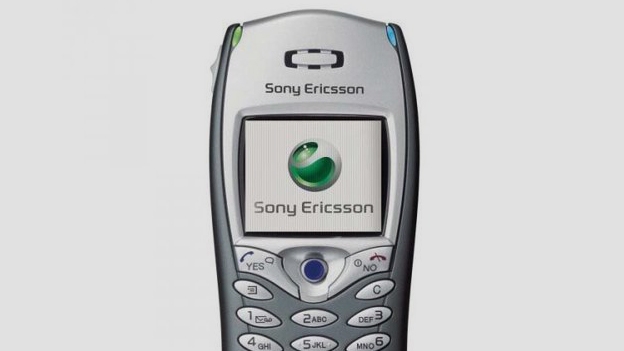
Sony Ericsson T68i
Die Another Day may not have been the finest outing for James Bond, but he did make one right decision – his choice of phone, the T68i. First released as the T68m solely by Ericsson, the device was slightly altered and again made available after the Ericsson and Sony merger, brimming with tech.
One of the first phones with a colour display, and the first coming from Ericsson, the T68i packed Bluetooth, Tri-Band, WAP and customisable ringtones (remember those days?) While there was no camera on the back, you could buy a small attachment that clipped on the button, giving you a handy snapper. Mr. Bond sure had style.

Motorola Razr
Another iconic phone and easily one of the best designed we've ever laid eyes upon. Everything from the sleek metal enclosure, to those electroluminescent keys and that satisfying click when you closed it, just reeked of the finest industrial creation.
Released in 2004, the Razr was the thinnest clamshell device available and definitely the flagship handset of the year. While prices were originally high, the longevity of the phone meant it eventfully became cheaper, only increasing its popularity further.
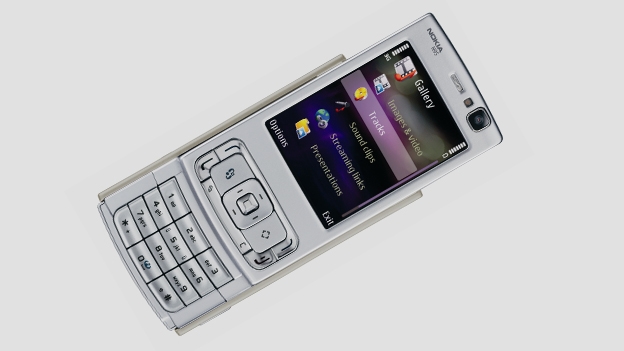
Nokia N95
Released way back in 2007 – that's before the iPhone guys, came one of the first proper smartphones, the N95. Unique touches aplenty, you could slide the keyboard out from under the screen, yet best of all were the media controls revealed if you slid it the other way. There was also Wi-Fi, a built in accelerometer, Carl Zeiss camera and 8GB of onboard storage.
This device was pretty much way ahead of its time, and was one of the first phones to show just how much tech could be packed into a pocketable piece of tech.
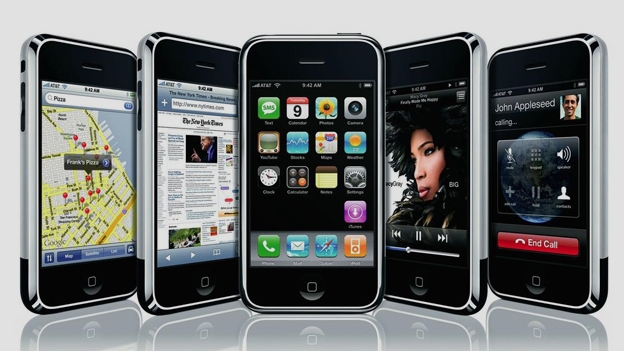
Apple iPhone
Who knows where we would be now in the world of phone tech without the original iPhone and its (then) one of a kind multi-touch display. Maybe we'd still be in the time of finicky styluses and dodgy resistive screens. As Steve Jobs stood on stage and announced the iPhone, the mobile world shifted and since then we've had a ton of innovation from not just Apple, but a myriad of other tech companies.
With its 3.5-inch display, full access to the Safari browser and all your iTunes music readily available, the iPhone was feature packed, yet very expensive and still fairly limited. But, it'll be an iconic device, now etched in history.
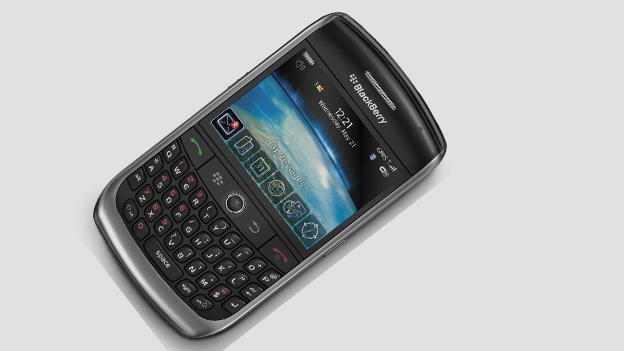
Blackberry Curve 8900
While Blackberry is not having the best time of things currently, a few years ago you wouldn't cross a class of GCSE students in the playground without them all furiously typing out BBM messages on there Curve 8900. Synonymous with teens, business men and probably the majority the people in between, this phone boasted a TFT display, the signature QWERTY keypad and a casing that could handle many a drop.
But the real winning feature was BBM, the instant messaging app let you ditch those texts and have real time, MSN like 'convos' with your mates.
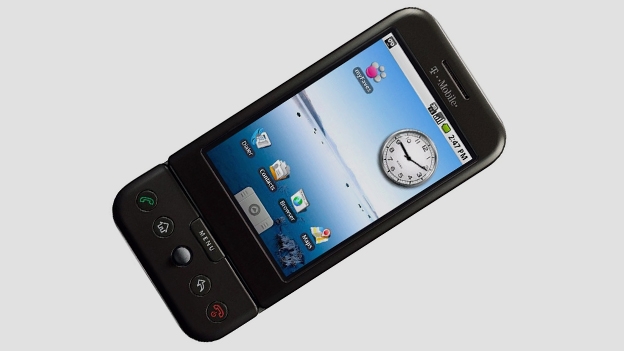
Google G1
Say hello to the birth of Android. HTC, Google and T-Mobile combined to create the slide out keyboard toting G1, which was the first phone to come running Google's Android OS. It was chunky, plastic and often slow, yet it showed how good integration with Google's services could be and we all know how far Android has come since.
Specs wise, the G1 ran on a 528MHz Qualcomm processor, 192MB RAM and a 320 x 480 pixel, 3.2-inch display. High end for those long lost days of 2008.
Sign up to the T3 newsletter for smarter living straight to your inbox
Get all the latest news, reviews, deals and buying guides on gorgeous tech, home and active products from the T3 experts
T3.com is one of the UK's leading consumer lifestyle websites, visited by over 10 million people every month. You can follow us on Twitter, Facebook and Instagram. We present products in helpful buying guides and carefully curated deals posts across style, living, auto, smart home, watches, travel, fitness and more. We also have a monthly magazine which you can buy in newsagents or subscribe to online – print and digital versions available.


